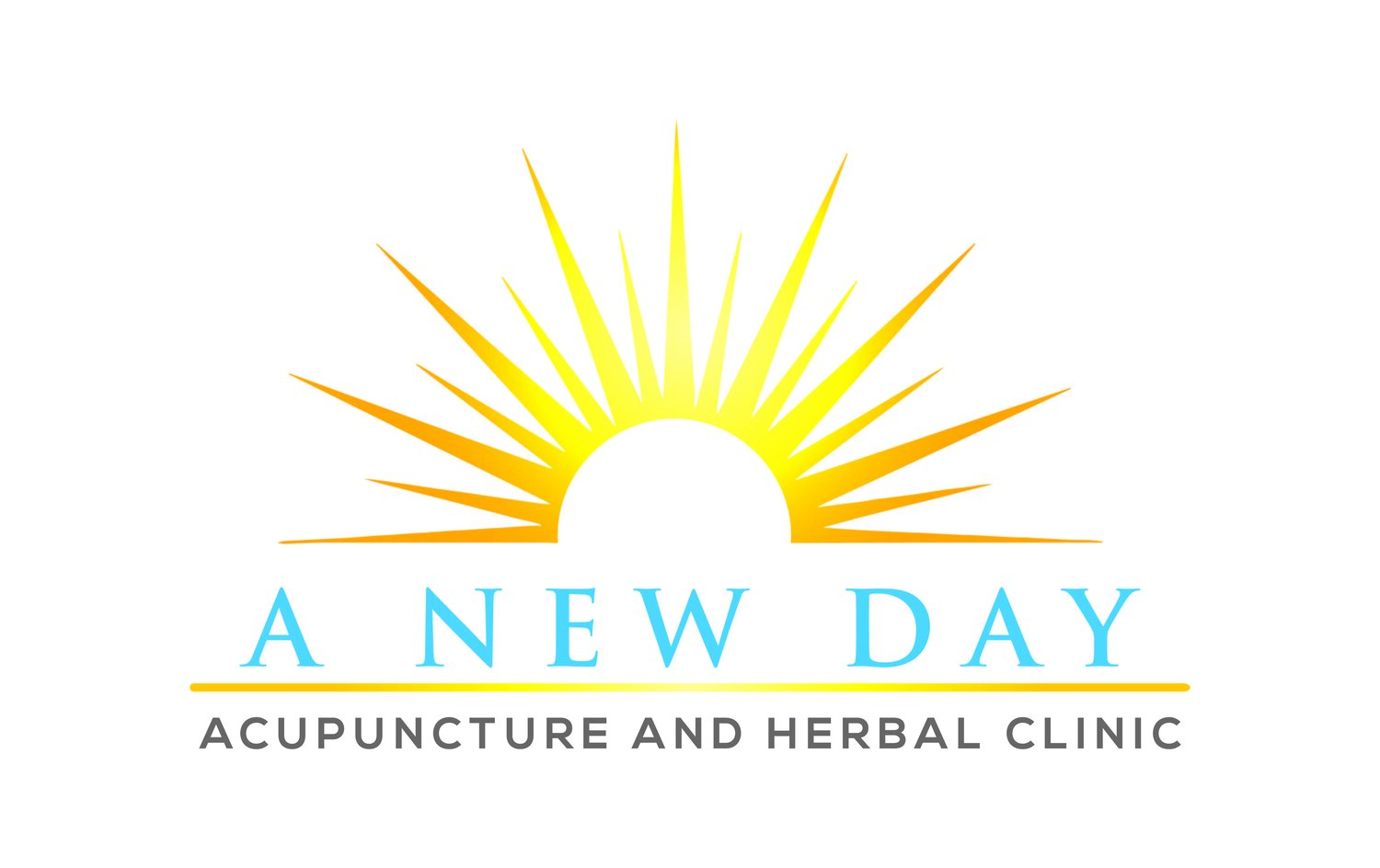Case study: Holistic Post-operative Recovery, Full Knee Replacement
A builder who suffered years of osteoarthritic knee pain ended up getting a full knee replacement surgery to provide structural support since his joint was bone to bone. Post-surgery, however, he experienced stiffness in his leg, tightening of the surrounding muscles and a different type of chronic, constant pain. He had trouble doing knee bends and descending the stairs was painful. It had been two years since his surgery when he first arrived at the clinic and there were signs of early stage muscle atrophy above his knee where the pain was concentrated.
The patient was diligent in keeping up with other therapeutic care, including physiotherapy, did his daily stretches, worked on strength building and continued with his sports to the best of his ability. He was in overall good health but the knee pain persisted without much relief.
Stiffness, Immobility, and Pain
Having a non-organic material implanted into the body is tricky in that it requires the body to process and adapt to the material and adopt it into its own functioning systems. For a small number, it can be seamless, but for many, the implant can behave like an obstruction to the body’s functions and cause pain and varying degrees of debility. But the implant was necessary in his case to provide structural support, therefore, the remedy must be to provide proper blood circulation to the area so that it may nourish the surrounding tissues and restore agility.
The patient is a former athlete who is still fit and active. However, the knee immobility and pain disrupts his activities and make it difficult for him to walk long distances or go over hilly areas comfortably.
Treatment for both local pain and internal medicine
In this particular case, the pain was always present but dull and low-key. There are certain positions which would cause him sharp pain and lock up his knee. It indicates that there is not only poor blood circulation but there may be some scar tissues or blood clotting in some areas. His primary areas of pain were central of his quadriceps on the rectus femoris that connected to his surgical scar line. His IT band on the lateral aspect was also very taut. His legs muscles were more tense in the affected leg in comparison to his healthy leg.
In Eastern medicine, we say that his issues lie upon the Shaoyang and Yangming regions. The physical areas of his pain also corresponds to his systemic issues as well of stress, high blood pressure, indigestion and acid reflux.
The immediate objective is to free up any obstructions that may be inhibiting the functional integrity of the tissues, to lengthen all the associated muscle bodies, and thus restoring proper blood circulation and oxygenation to the affected areas. Also, the treatment will also include correcting his digestive function and regulating his vascular flow so that his blood pressure is regulated and proper blood perfusion can nourish the body’s tissues.
After 5 treatments
The patient could not come in as consistently as recommended due to his work schedule and also skipped 2 weeks in between. This prolonged his progress, however, there was still a 50% improvement in pain and mobility that sustained. Pain level is down to 2-3/10 with some residual tightness still bothering. Manual needling was applied as well as electrical stimulation and with two more treatments, his pain is no longer noticeable. Additional sessions were needed to tend to supporting muscle structures to prevent future recurrence as well as address internal issues.
He longer has indigestion or acid reflux. His blood pressure is now stable at 117/82. His complexion is no longer red. His sleep quality is improved.
Holistic care for chronic and degenerative pain
Acupuncture and herbal medicine are preventative medicines and can often repair most conditions before they require surgery or even steroid shots. In some cases, surgical intervention is unavoidable. In which case, acupuncture is still highly effective for restoring movement, speeding up recovery, and eliminating pain.
Holistic care means there is also consideration for internal medicine that regulates the entire system so that you have the energy and correct nutrition that optimizes overall well-being. So it’s not only care that addresses symptoms, but medicine that treats all of you for optimum health.
In this case, improving the patient’s digestion and circulatory functions rectified his metabolic processes, allowing for improved blood perfusion which can support his muscles and tendons to recover faster and better for improved long-term health.

